Siamese fighting fish, sometimes called betta fish, are well-known for their vivid colors and flowing fins. However, their reputation for being aggressive can make finding suitable tank mates a challenge.
Selecting the right companions is crucial to ensure a peaceful and harmonious aquarium environment. In this article, we’ll explore the best tank mates for Betta fish, providing you with a comprehensive guide to help you make informed decisions.
Betta Fish Temperament
Natural Aggressiveness
Betta fish are naturally aggressive, especially males. This behavior stems from their origins in the shallow waters of Southeast Asia, where they had to fight for territory and resources. While they may not be outright killers, their tendency to attack other fish, particularly those with bright colors or flowing fins, can create problems in a shared tank.
Territorial Nature
Bettas are highly territorial, particularly the males. They often claim a section of the tank as their own and will fiercely defend it from intruders. This territorial nature means that introducing new tank mates must be done with caution.
Factors Affecting Betta Behavior
Several factors influence a Betta’s behavior, including their environment, the size of the tank, and the presence of hiding spots. Understanding these factors can help in managing aggression and creating a more peaceful tank.
Criteria for Selecting Betta Tank Mates
Size Compatibility
When choosing tank mates, size matters. Smaller fish that are less likely to be seen as a threat are usually better options. It’s important to avoid any fish that could fit into a Betta’s mouth, as they might be viewed as prey.
Peaceful Temperament
Tank mates should be peaceful and non-aggressive. Bettas can be easily provoked by aggressive fish, leading to stressful and potentially deadly encounters.
Swimming Levels
Consider fish that swim at different levels of the tank. Bettas tend to stick to the middle and top levels, so choosing bottom dwellers can help minimize conflicts.
Color Considerations
Bettas can be particularly aggressive toward fish with bright colors or flowing fins, as they might perceive them as rivals. It’s generally safer to choose tank mates with duller colors and simpler fin structures.
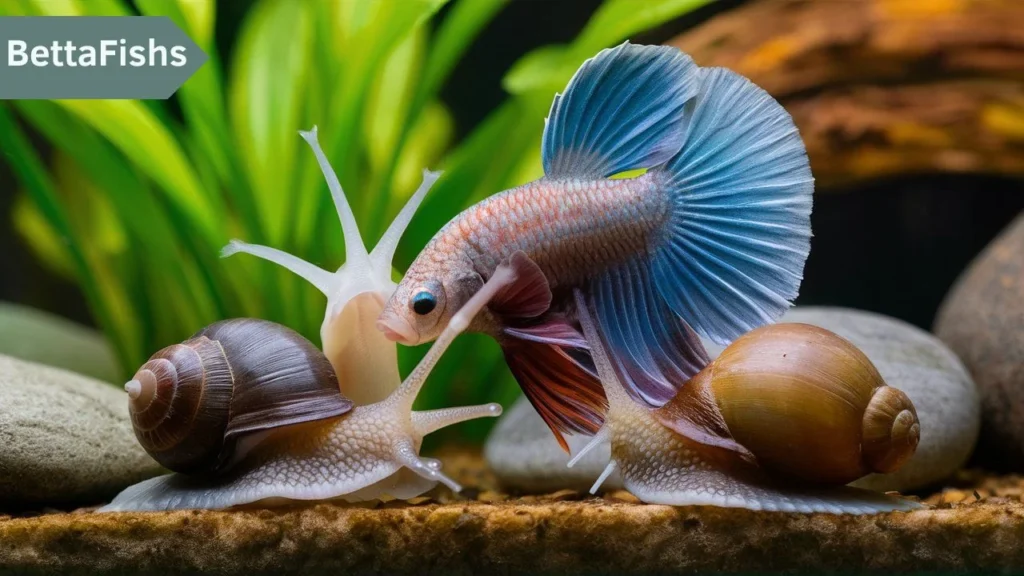
Best Tank Mates for Betta Fish
Snails
Mystery Snails
Mystery snails are excellent companions for Betta fish. They are peaceful, mind their own business, and help keep the tank clean by eating algae.
Nerite Snails
Nerite snails are another great option. They are small, don’t reproduce in freshwater, and are efficient at controlling algae, making them ideal for a Betta tank.
Shrimp
Ghost Shrimp
Ghost shrimp are transparent and unobtrusive, making them a good choice for Betta tanks. They also do a great job of scavenging, which keeps the tank clean.
Cherry Shrimp
Cherry shrimp, though more colorful, can coexist with Bettas if there are plenty of hiding spots. They add a splash of color without provoking aggression.
Small, Peaceful Fish
Corydoras Catfish
Corydoras catfish are bottom dwellers with a peaceful nature. Their small size and non-aggressive behavior make them suitable companions for Bettas.
Kuhli Loaches
Kuhli loaches are another bottom-dwelling species that get along well with Bettas. They are shy, peaceful, and tend to stay out of the Betta’s way.
Harlequin Rasboras
Harlequin rasboras are small, peaceful fish that usually swim in the middle and top levels of the tank. They are fast and nimble, which helps them avoid any unwanted attention from Bettas.
African Dwarf Frogs
Compatibility Factors
African dwarf frogs are small, peaceful amphibians that can live alongside Bettas. They are slow eaters, so ensure they get their share of food.
Ideal Tank Conditions
These frogs prefer similar water conditions to Bettas, making them a compatible choice. Just ensure that there are plenty of hiding spots to reduce stress.
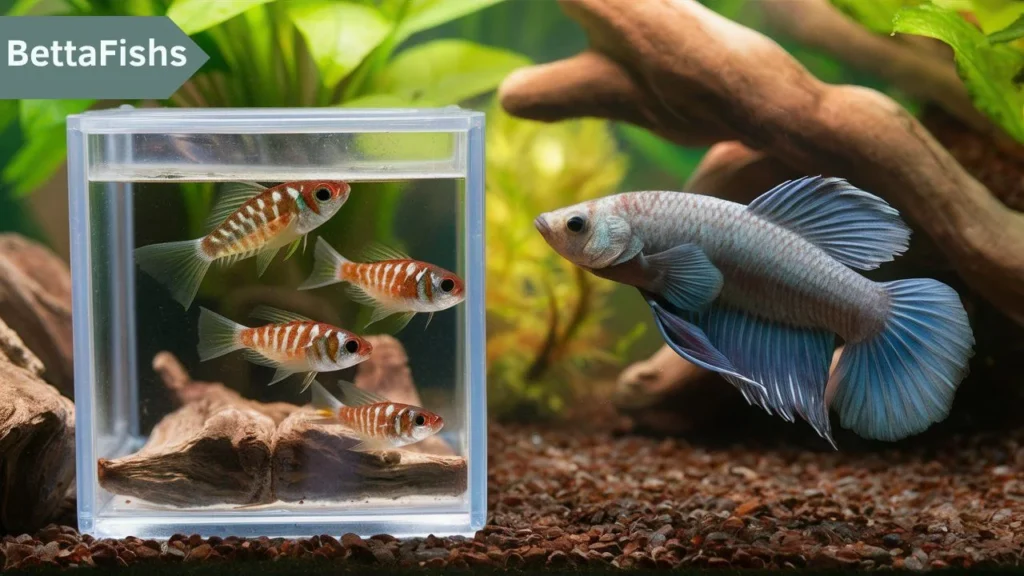
Tank Mates to Avoid
Other Male Bettas
Never place two male Bettas in the same tank, as they will almost certainly fight, often to the death. Even female Bettas can be aggressive, so it’s best to keep them separately unless you have a large, well-planted tank.
Large, Aggressive Fish
Avoid large or aggressive fish like cichlids, which can easily outcompete or harm a Betta. They can stress out your Betta and lead to health issues.
Fin Nippers
Certain species, like tiger barbs or some tetras, are notorious for nipping at fins. These should be avoided, as they can damage a Betta’s delicate fins, leading to infections and other health problems.
Setting Up the Tank for Compatibility
Proper Tank Size
A larger tank is always better when keeping Bettas with other fish. A minimum of 10 gallons is recommended, but larger tanks are preferable as they provide more space for each inhabitant.
Plant and Decoration Placement
Use plants and decorations to create natural barriers and hiding spots. This helps to break the line of sight between fish, reducing the likelihood of aggression.
Monitoring Behavior
Regularly observe your tank to ensure that all inhabitants are getting along. If you notice any signs of stress or aggression, be prepared to intervene by removing the aggressor or adding more hiding spots.
Tips for Introducing New Tank Mates
Quarantine Procedures
Before introducing any new fish or invertebrates, quarantine them for at least two weeks. This helps prevent the introduction of diseases to your tank.
Gradual Introduction
Introduce new tank mates gradually. Start by placing them in a separate container within the tank so that the Betta can get used to their presence before they are fully introduced.
Signs of Stress or Aggression
Watch for signs of stress in your Betta, such as flared gills, chasing, or fin damage. If aggression occurs, be ready to separate the fish immediately.
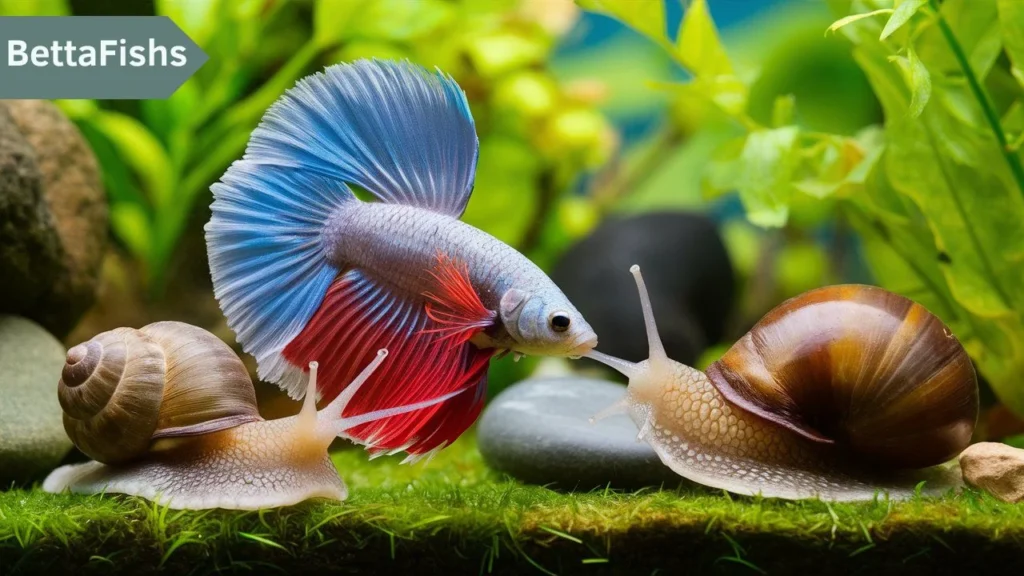
Common Challenges and Solutions
Dealing with Aggression
If your Betta shows aggression toward its tank mates, consider rearranging the tank decorations or adding more plants to create additional hiding spots.
Ensuring Proper Nutrition
Make sure all tank inhabitants are getting enough food. Bettas can be greedy eaters, so feeding in different areas of the tank can help ensure everyone gets their share.
Maintaining Water Quality
With more inhabitants, maintaining water quality becomes even more critical. Perform regular water changes and monitor parameters to keep the environment healthy.
Conclusion
Choosing the right tank mates for your Betta fish requires careful consideration of their natural behavior and the needs of potential companions. By selecting peaceful, compatible species and creating a well-planned environment, you can enjoy a diverse and harmonious aquarium. Remember, every Betta has its own personality, so always be vigilant and ready to make adjustments as needed.
FAQs
1. Can Betta Fish Live with Other Fish?
Yes, Betta fish can live with other fish if they are carefully selected and the tank is properly set up to minimize conflicts.
2. What Are the Signs of Aggression in Betta Fish?
Signs of aggression include flared gills, chasing, nipping, and visible stress in other tank mates.
3. How Do I Introduce New Tank Mates to a Betta?
Gradual introduction is key. Use a separate container to allow your Betta to get used to the new fish before fully integrating them into the tank.
4. What Should I Do If My Betta Attacks Its Tank Mates?
If aggression occurs, separate the Betta from the tank mates immediately and reassess the compatibility of the tank setup.
5. How Often Should I Clean a Betta Tank with Multiple Inhabitants?
With multiple inhabitants, it’s essential to perform more frequent water changes, ideally once a week, to maintain water quality and prevent the buildup of harmful toxins.


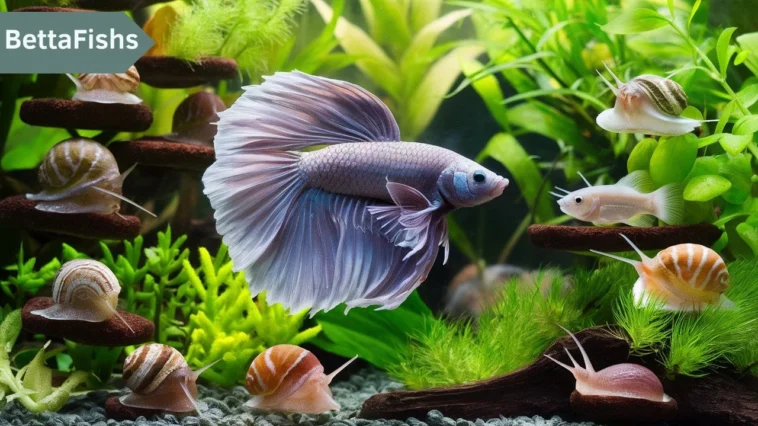
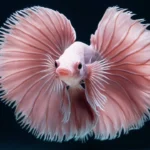

6 Comments
Leave a Reply6 Pings & Trackbacks
Pingback:How many Betta fish in a 5 gallon tank?
Pingback:Female Betta fish tank mates
Pingback:how to transfer betta fish from cup to tank?
Pingback:Betta fish staying at bottom of tank
Pingback:Ideal temperature for a Betta fish tank
Pingback:How do you know if a Betta fish is sick?